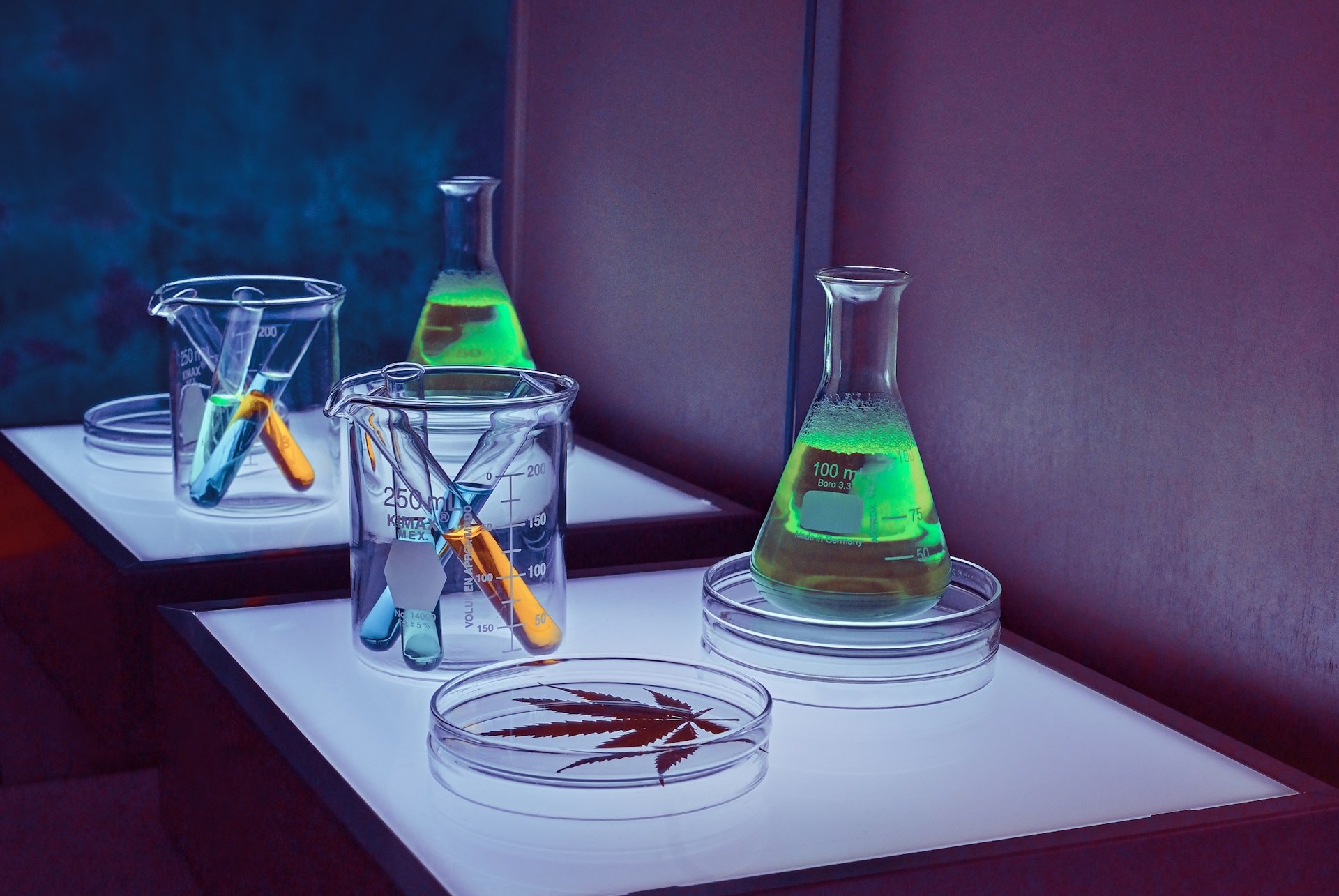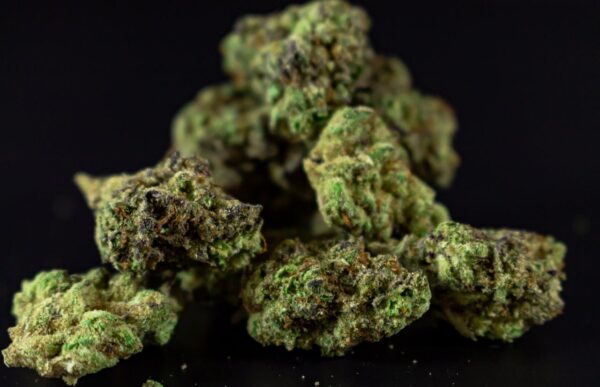Have a question? 06 70 73 89 02
🔞 Not for sale to under 18s
🎄 End of the year = Maximum discounts on ALL products 🎅
Have a question? 06 70 73 89 02

In the world of CBD, new cannabinoids are discovered almost every month. Between those that are among the hundred or so that the plant can produce and that have not yet been catalogued, and those that are created from scratch or simply chemically "improved", there's really no time to get bored.
Today, we're introducing you to CB9, sometimes mistakenly called CBG9. It's a cannabinoid naturally present in hemp. CB9 stands for Cannabinoid 9, and many aspects of this cannabinoid are still rather mysterious. Particularly those aspects concerning its discovery and synthesis by hemp.
But first, if you're looking for a powerful, legal cannabinoid, we recommend 10-OH-HHC!
At first glance, it looks quite different from the other cannabinoids found in cannabis or CBD flowers and resins.
It seems to have been discovered quite by chance during an analysis of CBD distillate, by who knows which laboratory. This discovery is a stroke of luck, as it seems that this cannabinoid with its extraordinary properties is not detectable by conventional methods such as High-Performance Liquid Chromatography (HPLC). This property explains why its discovery is so recent.
Its synthesis by hemp is also interesting: it's not clear how hemp manages to create this compound. Some results suggest thatit is produced by a complex chemical reaction involving several other cannabinoids, such as the better-known CBD and THC, but this remains rather vague.
As you've probably guessed, although it's naturally present in hemp, the CB9 we find in some e-shops is synthesized in the laboratory, since in its natural state it represents only a minimal concentration. The CB9 you'll find is therefore a semi-synthetic cannabinoid.
The molecular structure of CB9 is somewhat similar to that of CBD. It has the same 5-atom carbon chain, but also a number of differences.
Different molecular structures mean different effects. And in this case, this statement works particularly well, because although it's quite close to CBD, CB9's effects seem to be closer to those of HHC.
According to various sources of information, it seems to be capable of interacting with CB1 and CB2 receptors, resulting in a high quite similar to HHC: mild, inducing euphoria, relaxation and a change in perception. Some sources also mention an increase in energy and creativity.
We haven't yet been able to witness these effects for ourselves, and research on the subject is still very thin, so the effects are more assumed than real and should be taken with a grain of salt.

Like other members of the cannabinoid family, CB9 influences CB1 and CB2 receptors, which in turn are involved in a number of metabolic systems. In particular, they play a role in :
By influencing these systems, it could potentially have a beneficial effect on them, but it will be some time before any action is detected, recognized and explained.
CBG9 has a rare specific property that could earn it a place among the new cannabinoids: it is non-crystallizing. This means that even at high concentrations, such as in a 90%-plus isolate, it remains in liquid form, unlike CBD and the vast majority of cannabinoids.
What's the difference? As we explained in our article on CRD ("crystal-resistant distillate" in French), this particularity means that its isolate can be used in vape or oil, without any stability problems. It could therefore be used in the composition of broad-spectrum products, playing a role in the entourage effect which multiplies the effects of each compound present.
Like most neo-cannabinoids on the French market, CB9 is legal as long as the product safety authority, Ansm, has not detected any harmful or addictive action in the product.
Discover our legal CBD derivatives
This is also the case in other European countries such as Spain, Germany and Italy. But its status as a synthetic cannabinoid automatically bans it from Swiss or Danish soil, so if you want to travel with CB9 in your pocket, we advise you to pay close attention to the legislation in force in the country of your destination.
This unusual new cannabinoid alone represents a multitude of potential advances in the world of CBD.
Firstly, because it's not detectable by conventional methods, which potentially means that it's not the only cannabinoid present that we simply couldn't discover until now.
Secondly, because its resistance to crystallization could be a major advantage for it and for manufacturers who could well exploit it to create new oil and e-liquid ranges with soothing and intoxicating effects.
And finally, because like all cannabinoids, it could prove to be a powerful tool in the treatment of patients whose illnesses do not respond adequately to conventional treatments, or who suffer from stress and anxiety and wish to find a dietary supplement that can help them find their balance.
In any case, and as with many other minor cannabinoids,research is still ongoing and we'll probably have to wait a long time before we have more answers to our questions, because the waiting list is getting long!